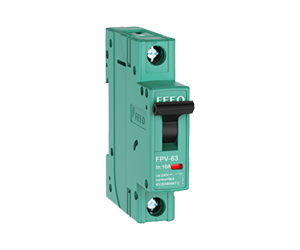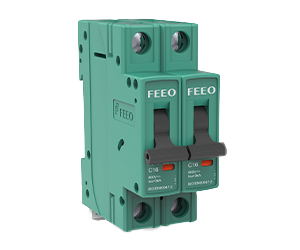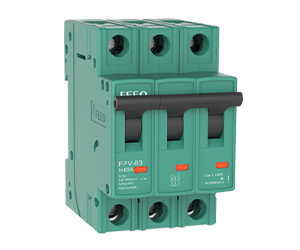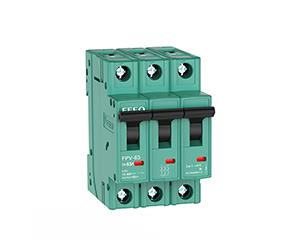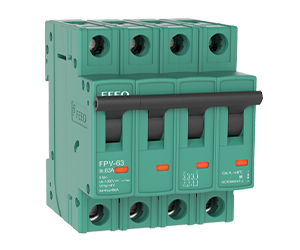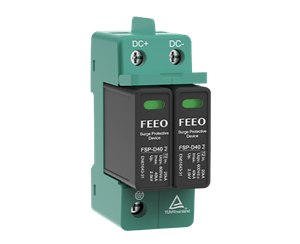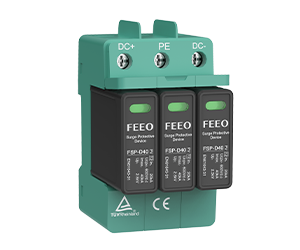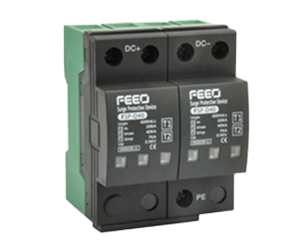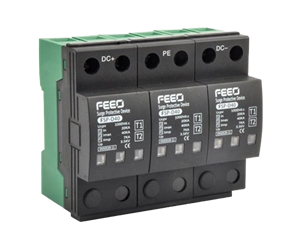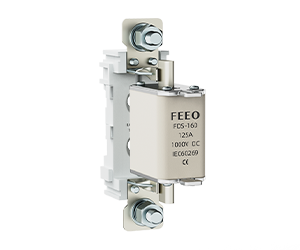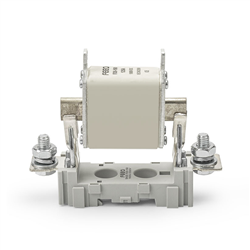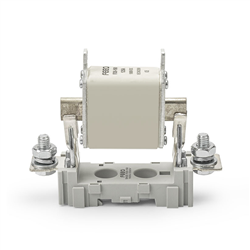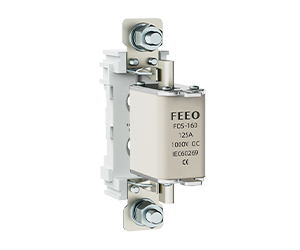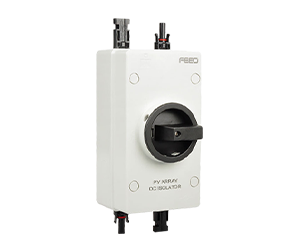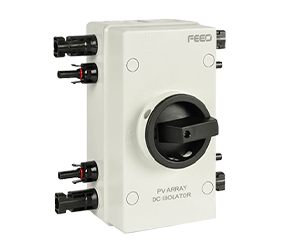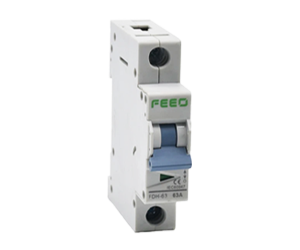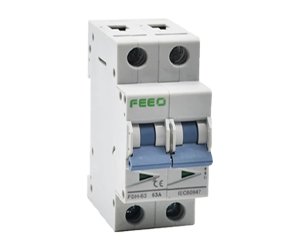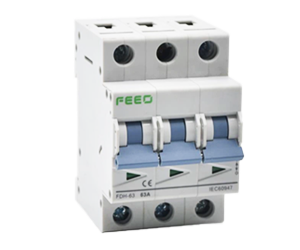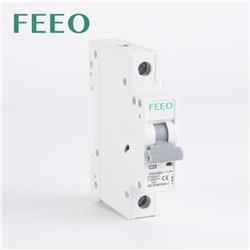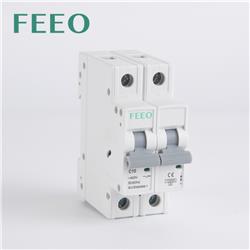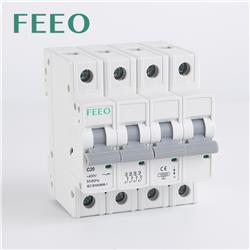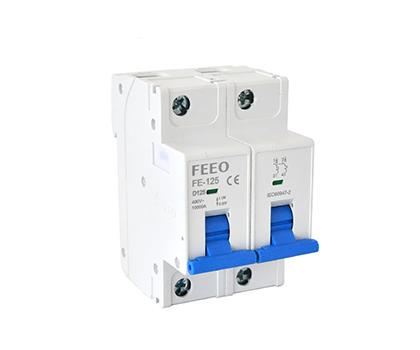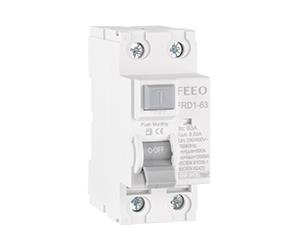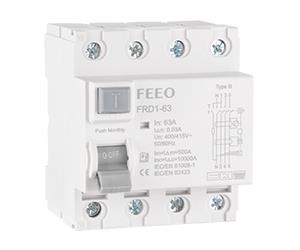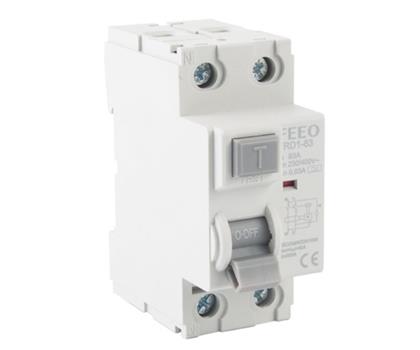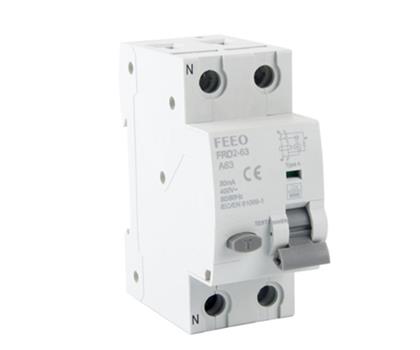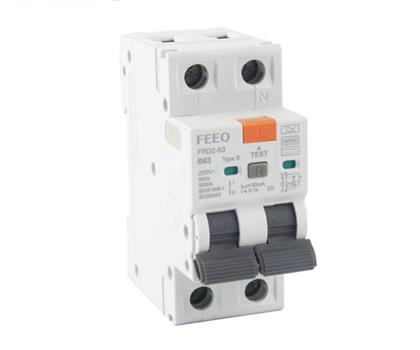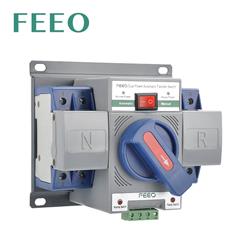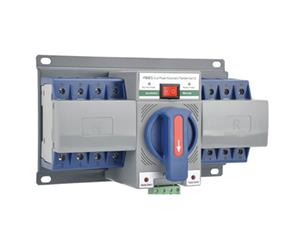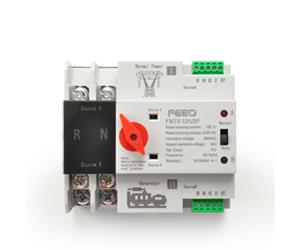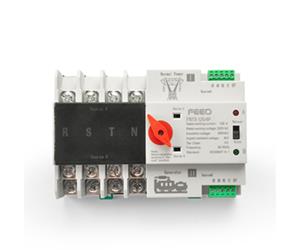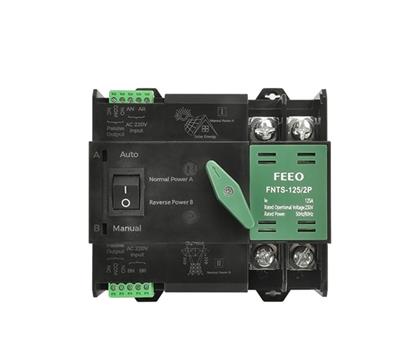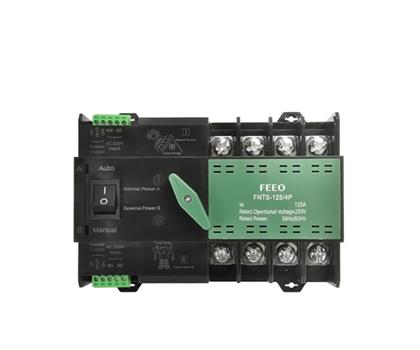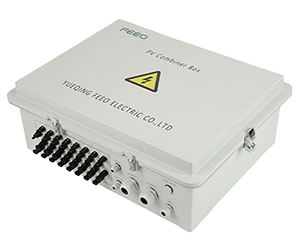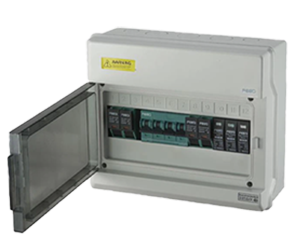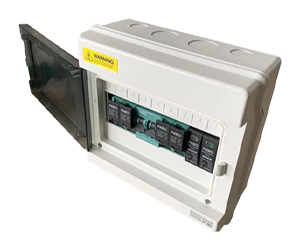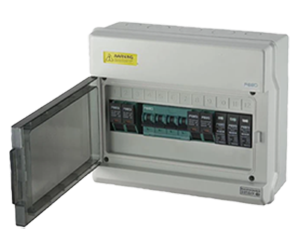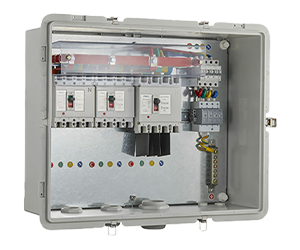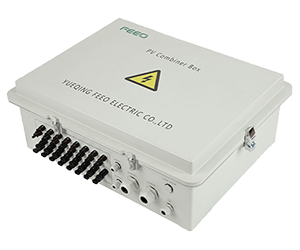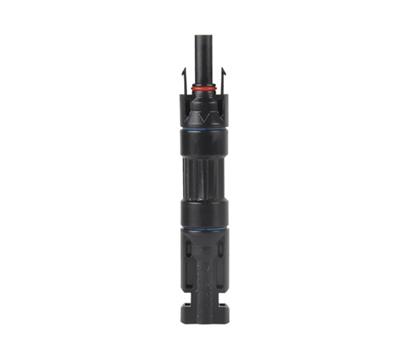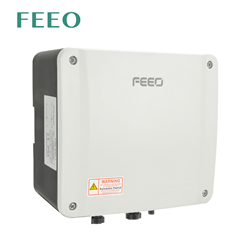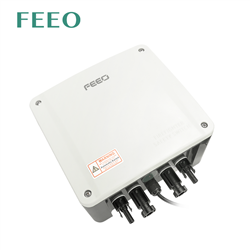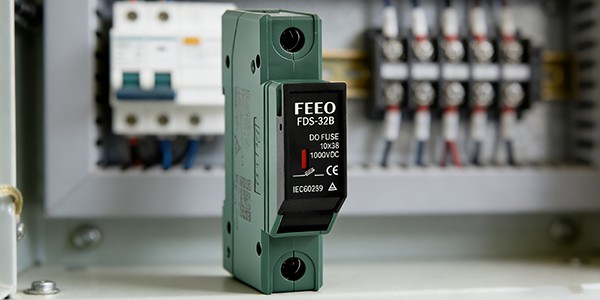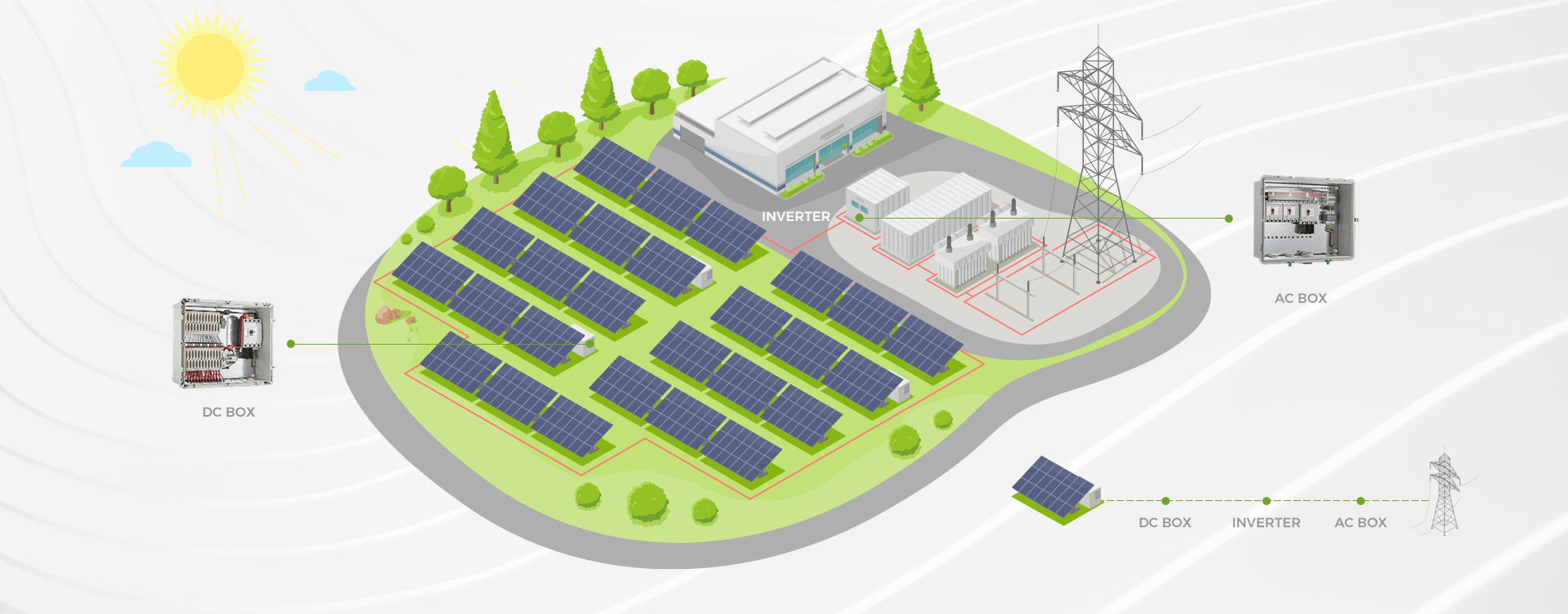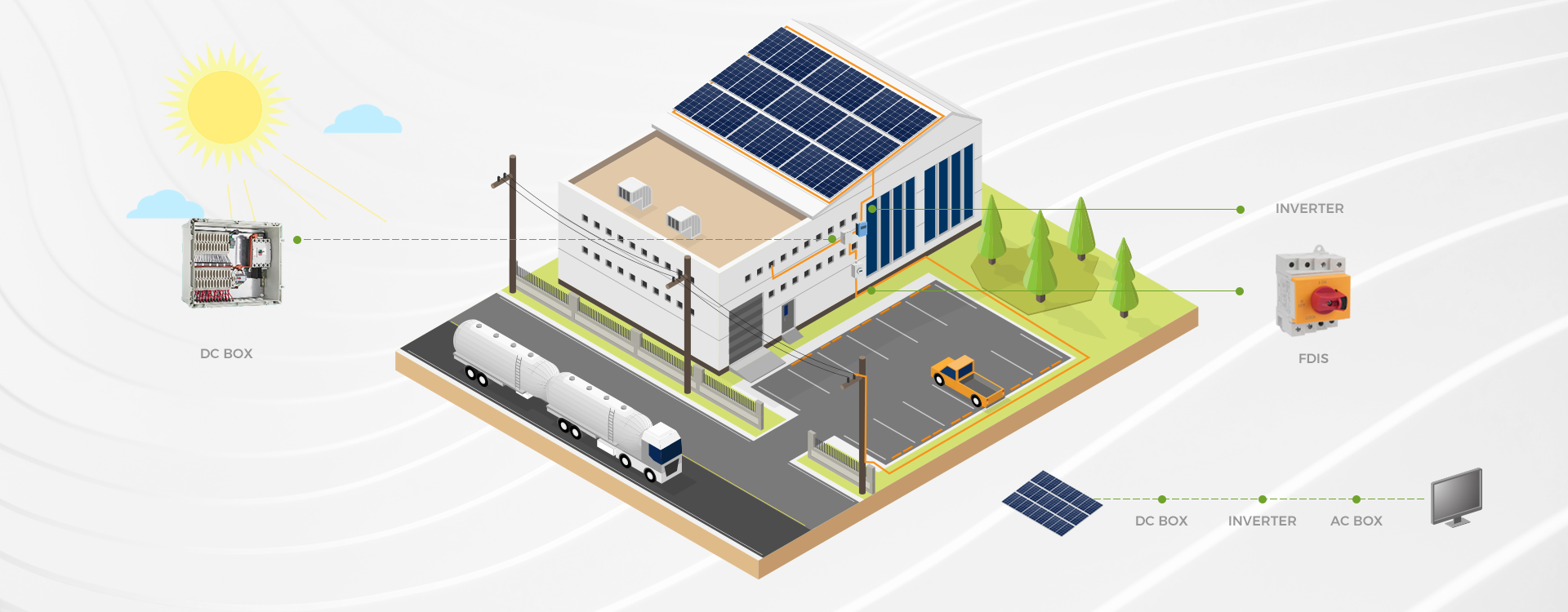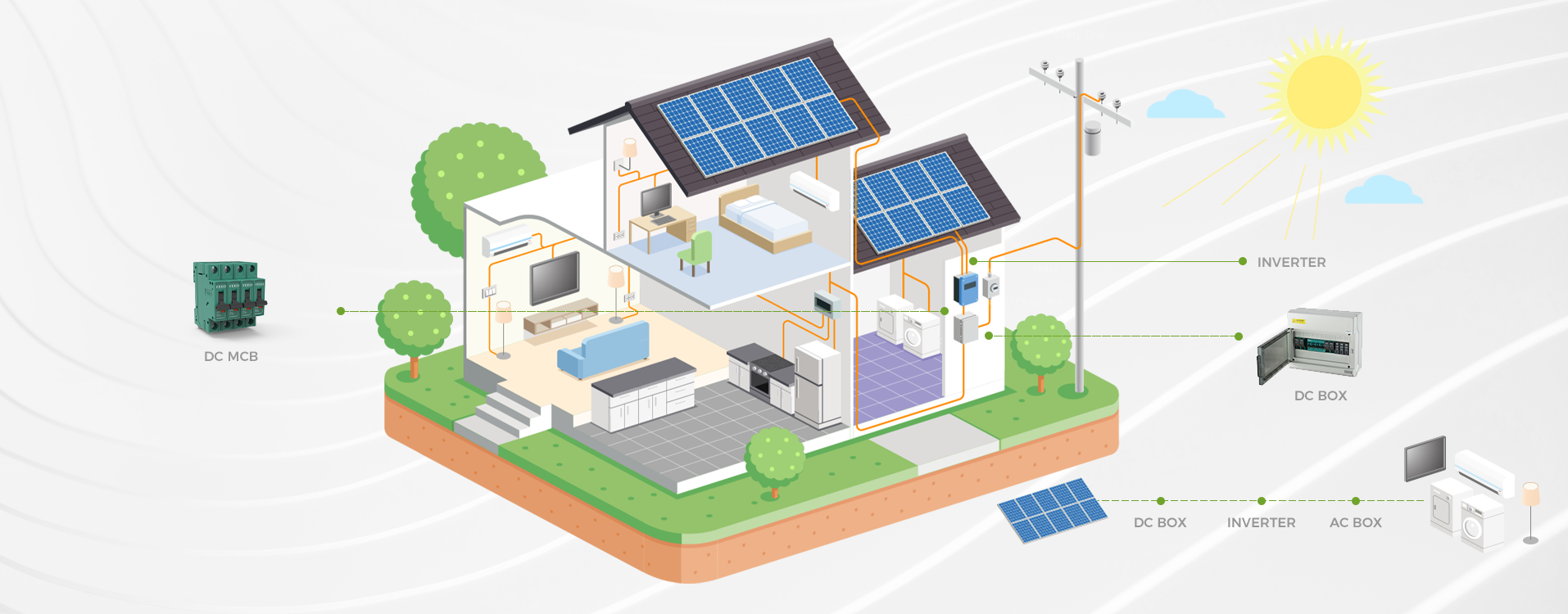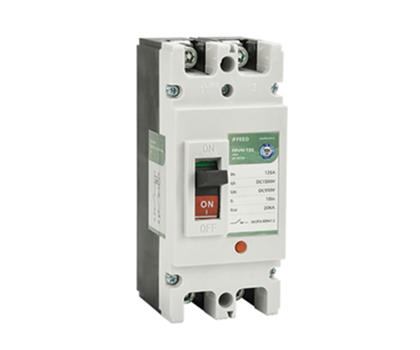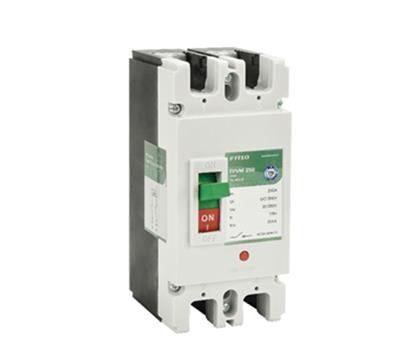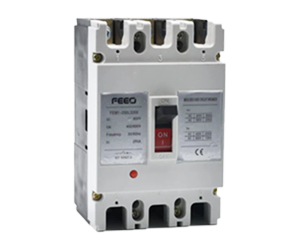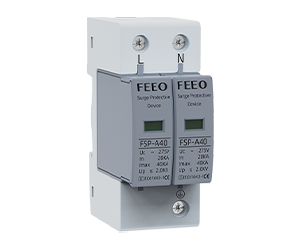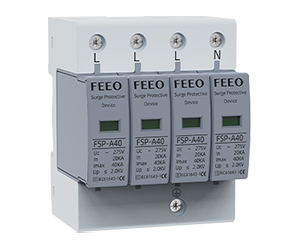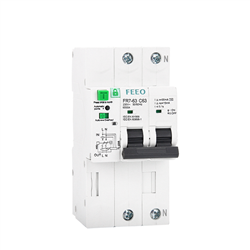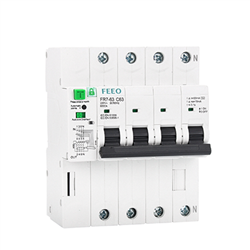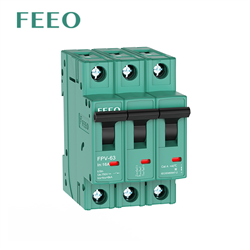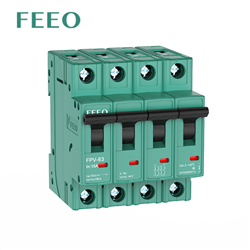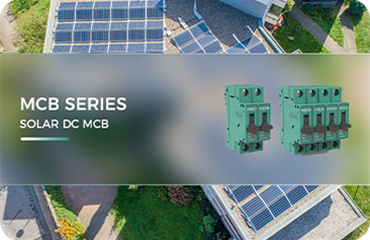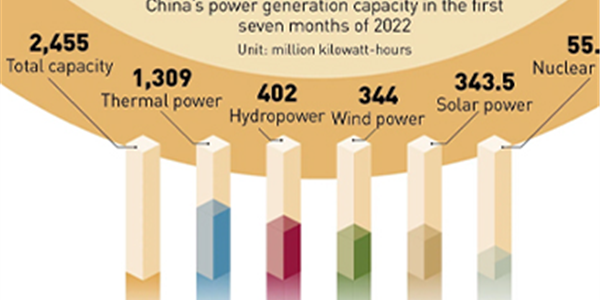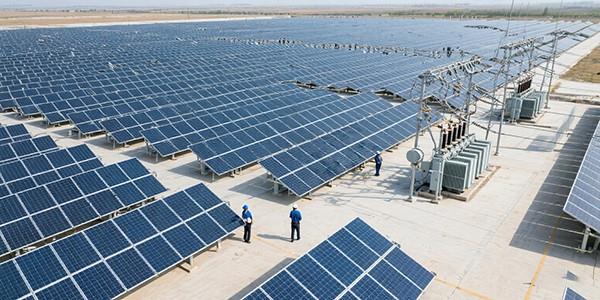When we flip a light switch or plug in an appliance, electricity seems to appear around us in a mysterious way. However, the fundamental principles of electric current are not complex. By familiarizing ourselves with key terms and concepts, we can comprehend the flow of electricity. This article will introduce the basic principles of electric current and use an analogy with the flow of water to enhance our understanding of the process.
Generation of Electric Current
When you connect a power source, such as a battery, to a circuit, it generates a force called voltage. This voltage causes electrons (tiny particles with a negative charge) to start moving. Electrons move from areas of higher voltage (positive terminal) to areas of lower voltage (negative terminal).
As electrons move, they pass through conductors like metals and interact with the atoms present. Between atoms, electrons jump and fill the gaps between them. This process is like a game of hot potato, with electrons hopping from one atom to another.
The movement of these electrons forms an electric current, which is the flow of electrons. We measure the magnitude of electric current in amperes (A). Normally, current flows from the positive terminal to the negative terminal.
Therefore, electric current is generated when electrons are driven to move in a circuit due to voltage. This movement creates a continuous flow of electrons, known as electric current. Electric current enables energy transfer and powers electronic devices within a circuit.
Types of Electric Current
The two main types of electric current are direct current (DC) and alternating current (AC).
Direct current is the continuous flow of charges in one direction. In a DC circuit, charges only move in one direction, and the current remains constant in its direction. DC is commonly used in battery-powered devices and specific electronic circuits.
Alternating current is the periodic back-and-forth flow of charges between two directions. In an AC circuit, the direction of current periodically changes with time. AC is the most common type of current used in daily life, generated by power plants and transmitted through the electrical grid to our homes and industrial equipment. The frequency of AC current is typically measured in hertz (Hz), such as the standard frequency of 50 or 60 Hz for household power supply.
DC and AC currents have differences in their applications and characteristics. For instance, DC exhibits lower energy losses over long-distance transmission, while AC allows convenient voltage conversion through transformers. Different devices and circuits may require specific types of current to meet their requirements.
Voltage
Voltage, also known as electromotive force, represents the pressure or push of electrons in a system, similar to water pressure in pipes. In a standard household electrical circuit, voltage typically refers to the potential difference provided by a power source to drive current flow in the circuit.
In most countries, the standard voltage for household circuits is approximately 120 volts (actual voltage ranges between approximately 115 to 125 volts) or 240 volts (actual range around 230 to 250 volts). Typically, most light fixtures, outlets, and small household appliances operate on 120-volt circuits, while larger appliances such as dryers, stoves, and air conditioners commonly use 240-volt circuits.
Resistance: The ohm is the unit used to measure the resistance encountered by the flow of electrons through a conductive material. Higher resistance impedes the flow of current. Resistance causes a certain amount of heat to be generated within a circuit due to collisions between electrons and the material.
Resistance
Resistance is measured in ohms and represents the opposition encountered by the flow of electrons through a conductive material. Higher resistance impedes the flow of current. Resistance causes heat to be generated within a circuit due to collisions between electrons and the material. For instance, a hairdryer produces hot air due to the presence of resistance in its internal circuitry, which generates heat as current passes through the resistance. Similarly, the thin wire inside an incandescent light bulb exhibits resistance, causing the wire to heat up and emit light as current flows through it.
In conclusion
By understanding the generation of electric current, the role of generators, types of electric current, voltage, and potential difference, we can gain a better understanding of the nature and applications of electricity. In our daily lives, we can use electrical energy more efficiently and contribute to sustainable development. The scientific principles and technological advancements in electricity will continue to drive human progress and create a better future.
